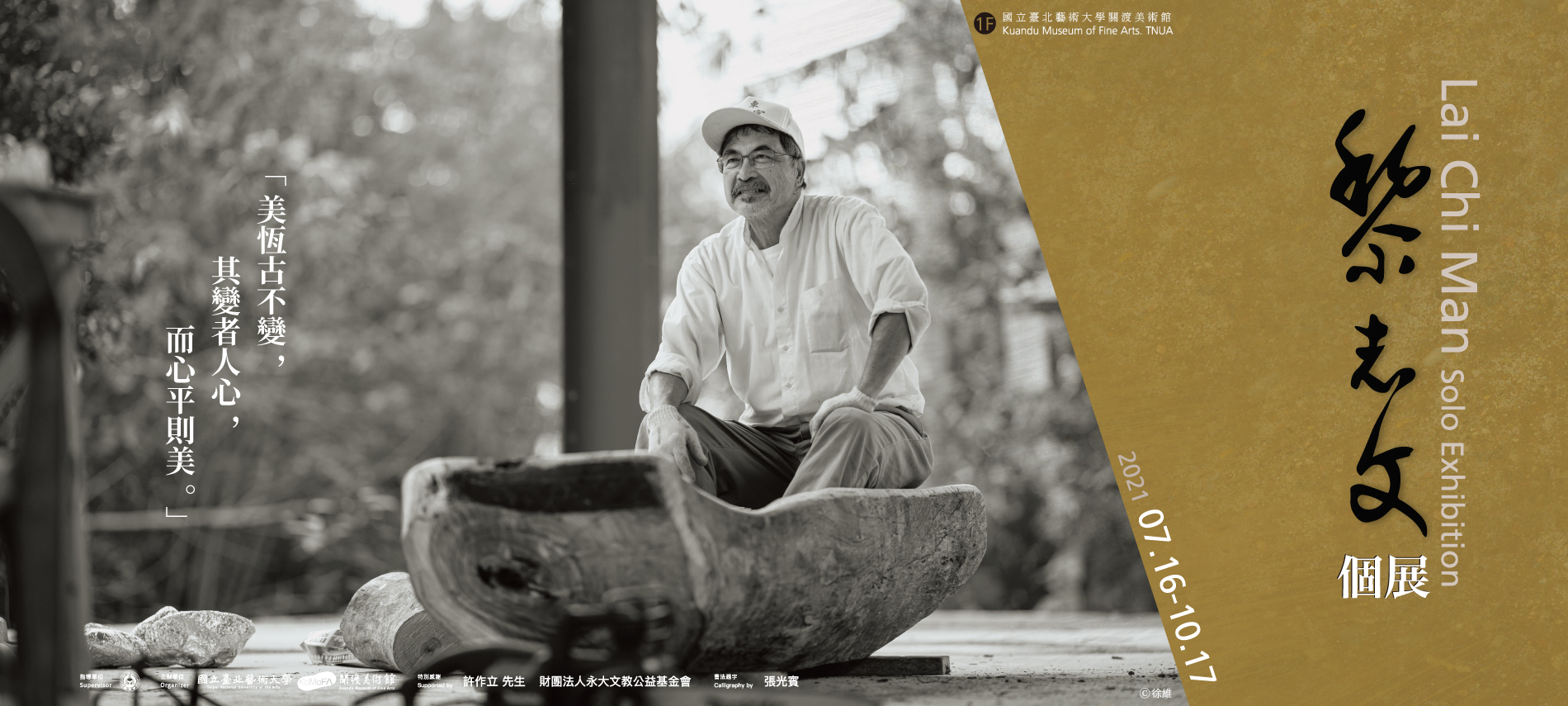“Beauty remains unchanged for good; it’s the human heart that shifts, whereas beauty shines through as the heart finds peace.” – Lai Chi Man
1949 born in Hong Kong
1973 graduated from the National Taiwan Academy of Arts
1974-1977 practiced sculpture at Henraux Studio in Carrara, Italy
1980 received M.F.A. degree from University of Wyoming, U.S.
Prior to the 1980s, the sculpture works in Taiwan were mostly realistic sculptures like memorial bronze statues, wooden idols, and animal clay sculptures. After martial law was lifted, the philosophy of Western art flowed immensely into Taiwan. The trend that bridged to the world was taking its form. On top of that, the artists returning from Europe and America ushered in the idea of modern sculptures to Taiwan. Revolutionizing the forms aside, they sought to fuse the consciousness of the East with land and life. Ultimately, they gave birth to a kind of sculptures of Taiwan in the 1980s – abstract sculpture rich in oriental emotions.
Lai Chi Man is rather representative amongst these artists. Born in Hong Kong, educated in Taiwan, and living and working in Europe and the U.S., he is an artist cultivated with the philosophy of the East and familiarized with the presentations in Western art. As such, he draws the Eastern imageries before turning them into modern sculpture vocabulary, forming the creative lexicon unique to his own.
Lai remarked he is keen to juxtapose two contrasting existences together to give rise to new concepts and images. The tension born from this kind of contradictory relationship is often employed in the Eastern language, such as “with vs. without”, “same vs. different”, “life vs. death”, and “motion vs. motionless.” Hence, as spectators examine and caress betwixt the natural texture and artificial craftsmanship back and forth, the “relationship” between the two is highlighted and connected, which renders a better appreciation as to the Eastern philosophy of intergrowth.
The connotations of hard and tender, individual and collective, as well as natural and artificial in Lai’s works can all extend to all sorts of relationships in real life. Through the modern sculptures of Lai Chi-Man, this archaic Eastern wisdom shall find its way into the modern living spaces detectable via senses.
By Cheng Hui-wen

